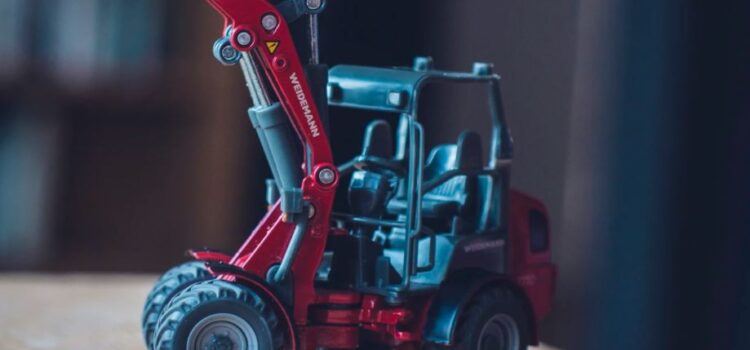

This article is an excerpt from the Shortform summary of "The Innovator's Dilemma" by Clayton M. Christensen. Shortform has the world's best summaries of books you should be reading.
Like this article? Sign up for a free trial here .
What are some examples of customer-driven innovation? How does customer-driven innovation lead to evolution in an industry?
Customer-driven innovation is about cases where customers’ needs guided what firms developed. In the excavator industry, innovation came because of gaps in the market.
Read on to see customer-driven innovation in the excavator industry.
Customer-Driven Innovation
To illustrate that the principles and impacts of disruptive innovations are universal, now we’ll take a look at a very different industry: excavators. In contrast to the rapid changes that took hold in the disk drive industry, the disruptive technology we’ll be talking about—hydraulics to replace cable-operated actions—took 20 years to take over the excavator market.
Here’s an overview of the customer-driven innovations that impacted excavators’ evolution:
- 1837-1920s: The steam shovel was invented. All mechanical earthmoving equipment was powered by steam.
- Early 1920s: Gasoline replaced steam. Gasoline-powered equipment was more powerful, reliable, and affordable than almost any steam shovel, with the exception of the biggest ones. Despite the major technological shift, this was an example of customer-driven innovation because it served the same market—just with improved performance—and 23 out of the 25 biggest steam shovel manufacturers successfully switched to gas excavator production.
- Late 1920s to 1940s: Several other sustaining innovations followed, including diesel power, electric motors, and a design change that gave the excavators increased reach and flexibility.
- 1940s to late 1960s: A disruptive technology emerged—excavators that used hydraulics instead of cables to move the arms and bucket.
When hydraulic excavators hit the industry, they eventually wiped out nearly all the established manufacturers. In the 1950s, there were about 30 established excavator companies. By the 1970s, only four established companies had successfully transitioned to hydraulic excavators, and the industry was led by entrant firms (including companies that are still well-known, such as John Deere and Caterpillar).
Finding an Emerging Market
During the reign of cable excavators, there were three markets:
- General excavation (digging holes for things like basements or canals)
- Sewer and piping (digging long trenches)
- Open pit and strip mining
Each market had unique needs—for example, sewer and piping customers needed narrower buckets to dig trenches, while mining customers needed larger bucket capacity to move dirt efficiently. But overall, cable excavators’ most highly valued performance characteristics were:
- Reach (how far the arm and bucket could extend)
- Bucket capacity (cubic yards of dirt per scoop)
When hydraulic excavators were first developed, they had a fraction of the bucket capacity and reach of cable excavators—insufficient for the needs of any of the cable excavator customers. Hydraulic entrant firms had to find another market, so they adjusted the machines to be mounted on tractors, and they called them backhoes. These are perfect examples of customer-driven innovation.
Backhoes became the perfect solution for smaller, residential construction jobs. Contractors on these projects previously had to hand-dig narrow ditches for sewer lines, because the job sites and project budgets were too small to bring in full-sized cable excavators. Hydraulic excavators opened the residential construction market to using excavators for the first time, because they offered attributes that cable excavators couldn’t, including:
- Smaller size
- More affordable price
- Narrow buckets that were ideal for digging residential sewer trenches
- Tractor mounts that made them faster and more mobile than traditional excavators on tracks
Not only had hydraulic excavator makers found their market, but they struck it while tract housing construction was booming following World War II and the Korean War. Excavator evolution came out these customer-driven innovation examples.

———End of Preview———
Like what you just read? Read the rest of the world's best summary of Clayton M. Christensen's "The Innovator's Dilemma" at Shortform .
Here's what you'll find in our full The Innovator's Dilemma summary :
- Christensen's famous theory of disruptive innovation
- Why incumbent companies often ignore the disruptive threat, then move too slowly once the threat becomes obvious
- How you can disrupt entire industries yourself






